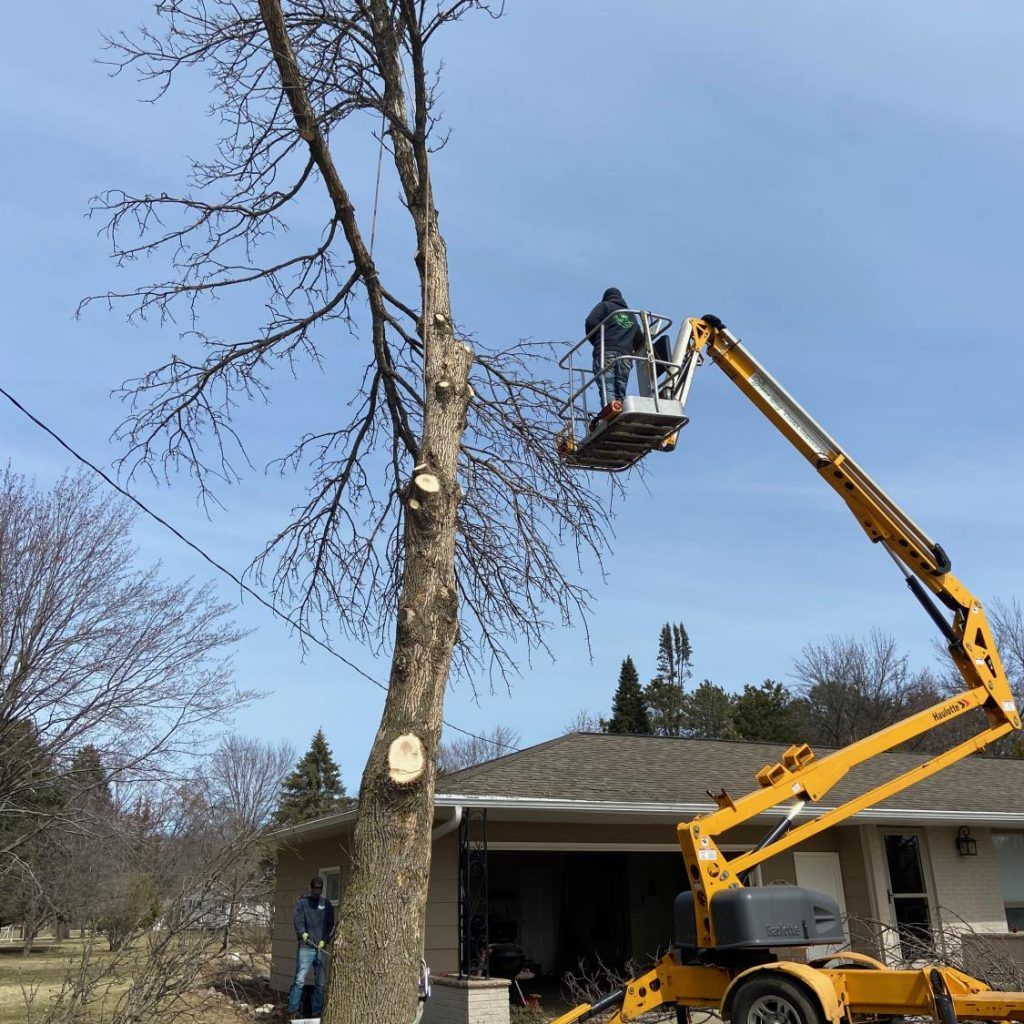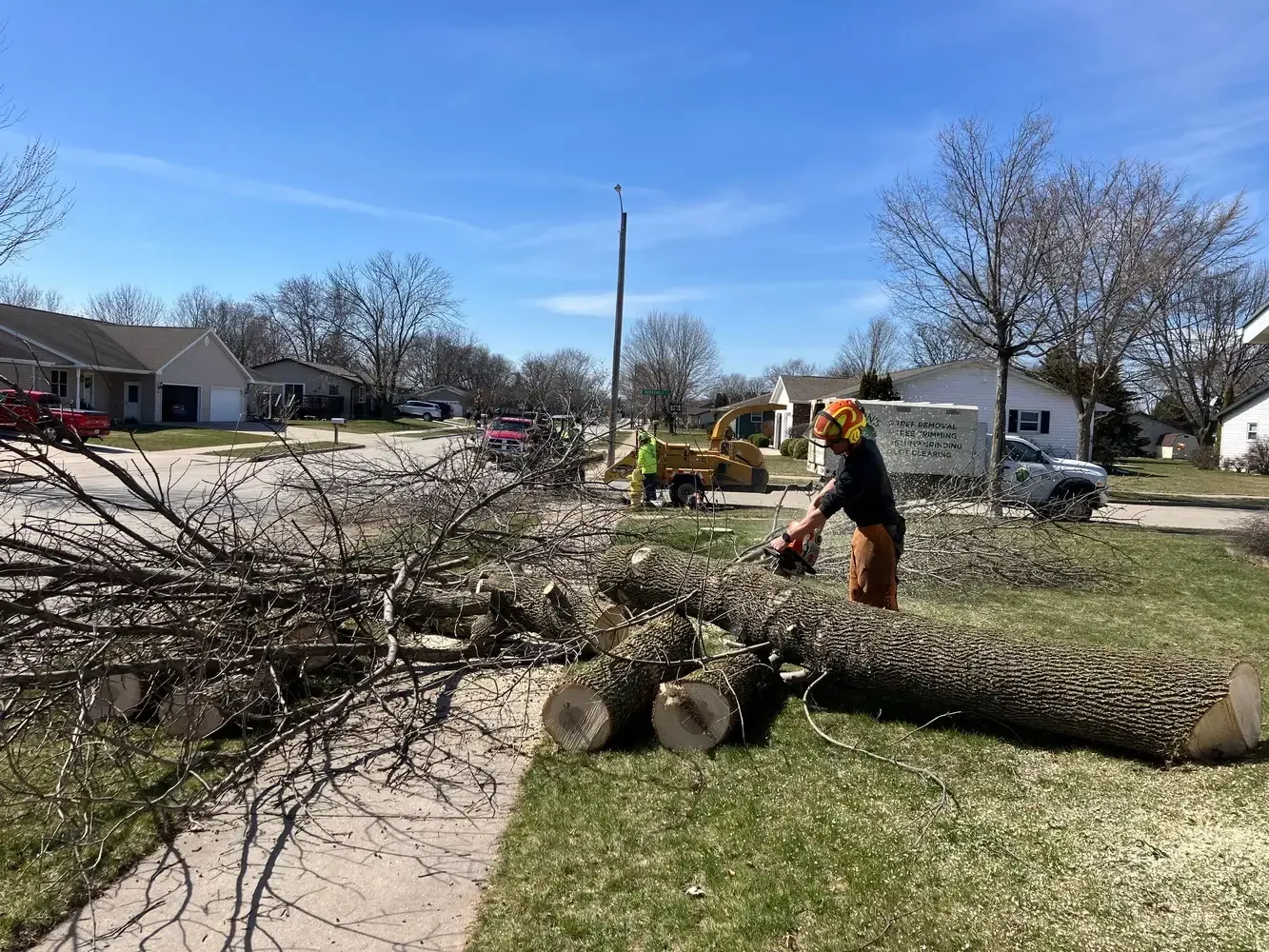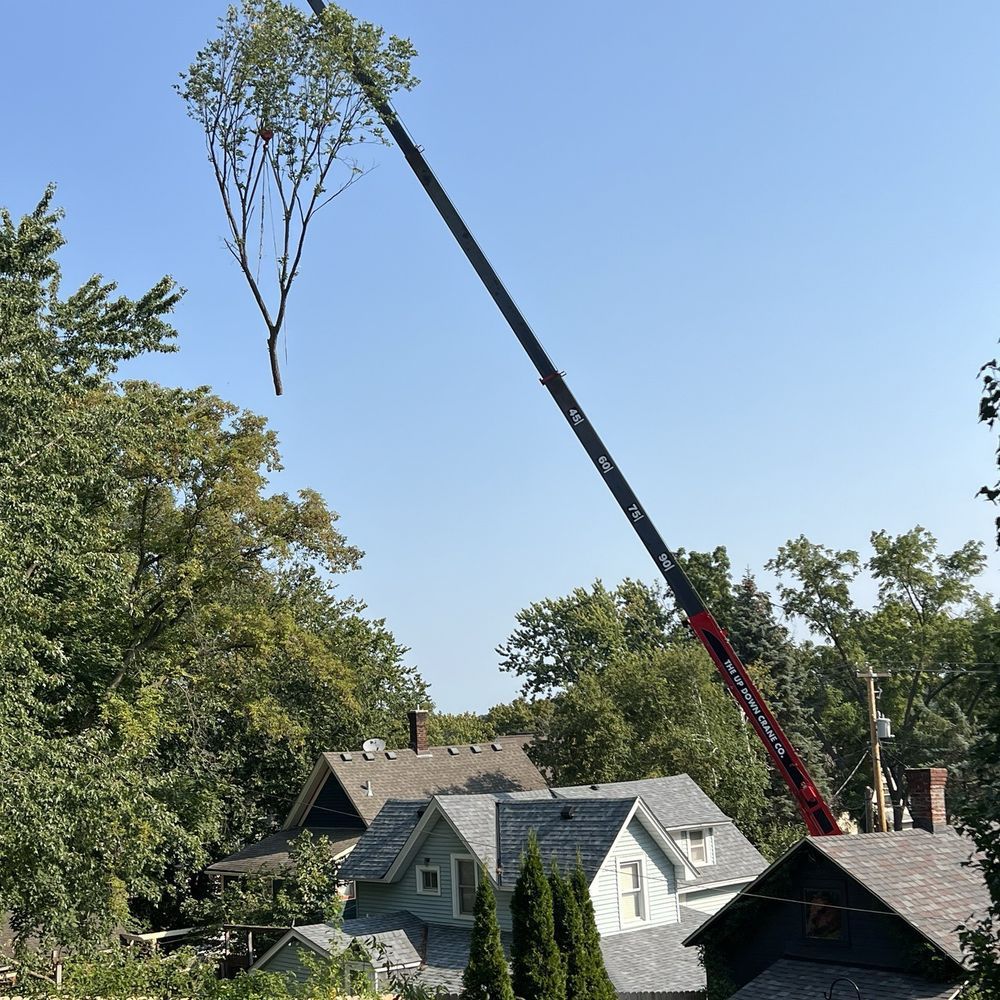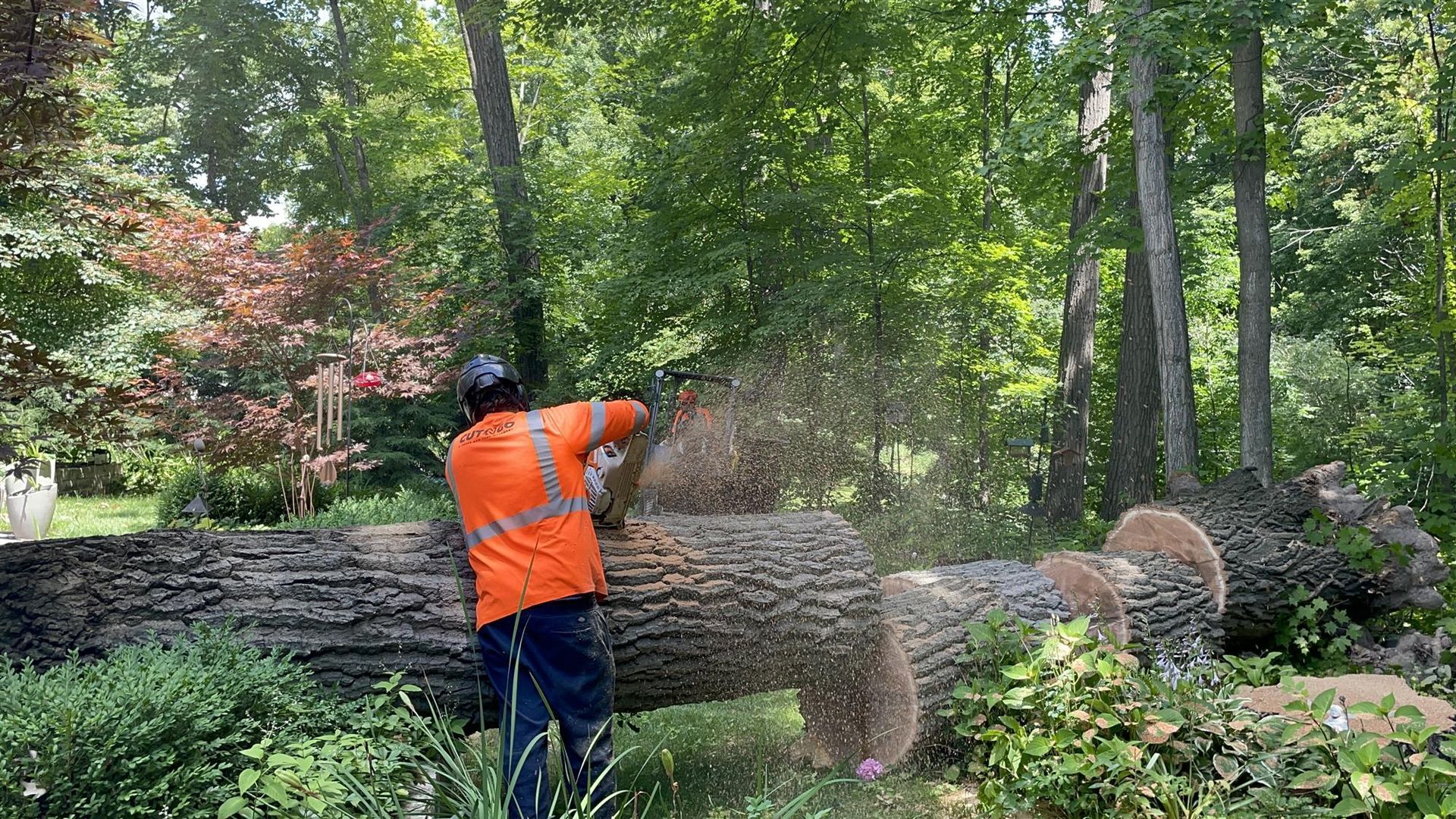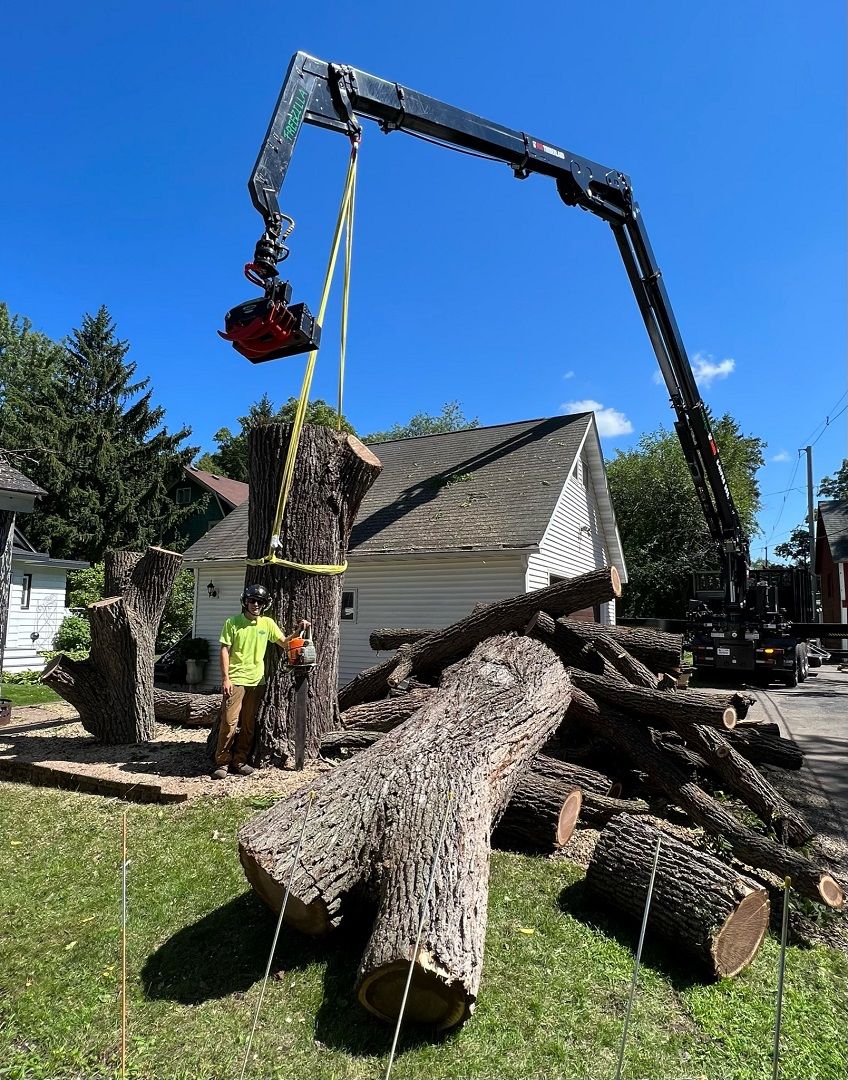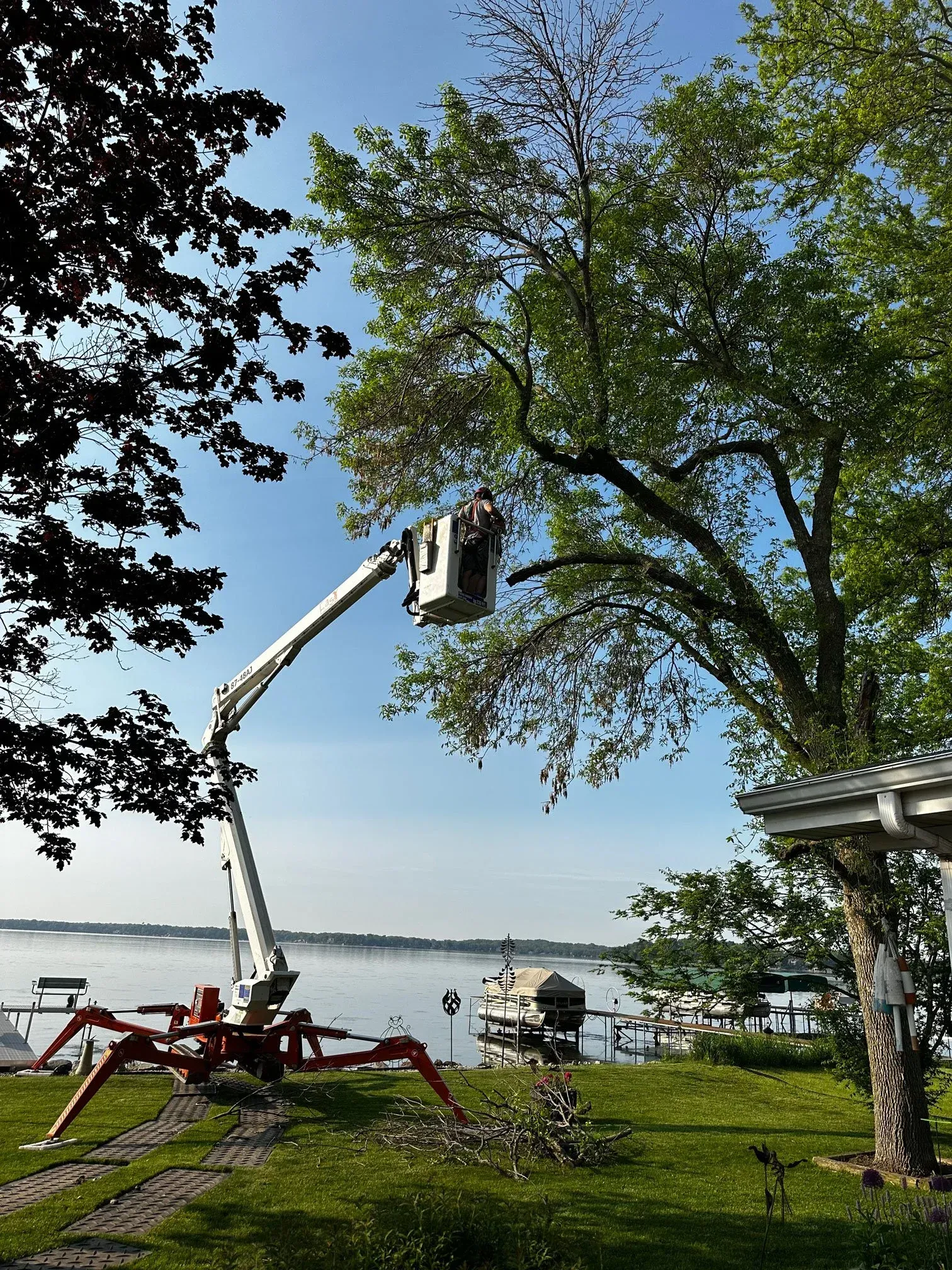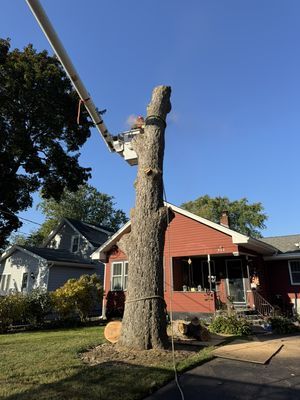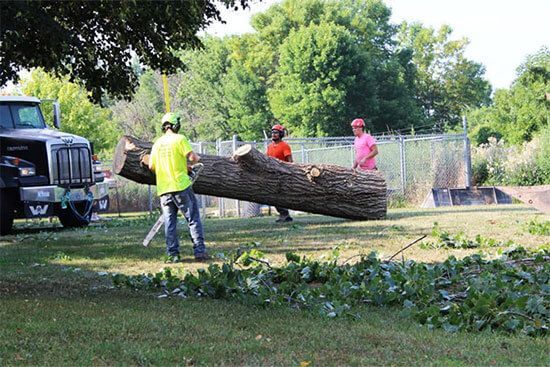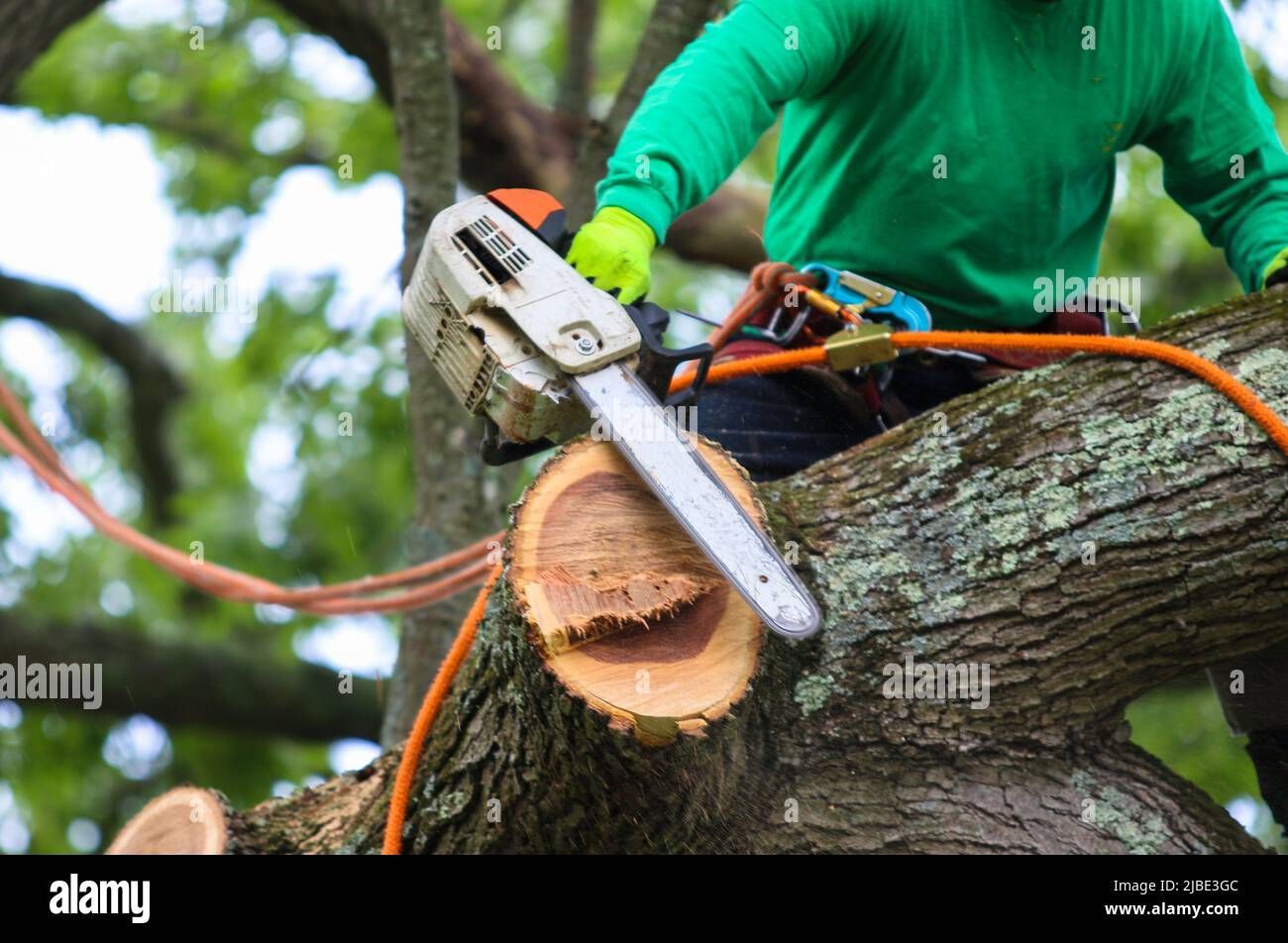Top 10 Shade Trees Perfect for Eastern Iowa Yards
Top 10 Shade Trees Perfect for Eastern Iowa Yards
Are you dreaming of a lush, shaded yard in Cedar Rapids or Iowa City? Choosing the right shade tree isn't just about beauty—it’s about selecting species that thrive in Eastern Iowa’s unique climate, resist common pests, and support local wildlife. As certified arborists, Frank’s Tree Service has helped countless homeowners cultivate healthy, long-lasting landscapes. In this comprehensive guide, we showcase the Top 10 Shade Trees for Eastern Iowa, detailing their growth habits, resilience, planting tips, and ecological benefits. Whether you’re planting your first sapling or replacing old trees, this curated list is your pathway to a cooler, greener, and more vibrant outdoor space.
1. Silver Maple (Acer saccharinum)
- Growth Rate: Very fast (2–3 ft/year)
- Form: Upright oval to loose canopy
- Soil: Moist, well-drained; tolerates heavy clay
- Hardiness: Zones 3–9; winter hardy to –30 °F
- Disease/Pest Resistance: Susceptible to leaf scorch, iron chlorosis, softwood diseases
- Benefits: Provides rapid shade and vibrant fall color
- Maintenance: Thin every 3–5 years to reduce storm-risk, prune in late winter
2. Hackberry (Celtis occidentalis)
- Growth Rate: Moderate to fast (1–2 ft/year)
- Form: Broad crown with open branching
- Soil: Adapts to dry–wet and urban soils
- Hardiness: Zones 3–9; winter hardy to –35 °F
- Disease/Pest Resistance: Resistant to Dutch elm disease; tolerates wildlife browse
- Benefits: Wildlife-friendly (songbirds feed on berries), distinctive bark adds beauty
- Maintenance: Prune minor branches in early spring for structure
3. Shagbark Hickory (Carya ovata)
- Growth Rate: Slow (0.5–1 ft/year)
- Form: Pyramidal, matures to rounded
- Soil: Prefers deep, rich, moist, well-drained soils
- Hardiness: Zones 4–8; winter hardy to –25 °F
- Disease/Pest Resistance: Prone to anthracnose and borers; tolerant of harsh sites
- Benefits: Edible nuts for wildlife; rugged bark texture
- Maintenance: Prune in dormant season to remove deadwood; long lifespan
4. Northern Red Oak (Quercus rubra)
- Growth Rate: Moderate (1–2 ft/year)
- Form: Classic oval canopy
- Soil: Prefers acidic, well-drained, loamy soil
- Hardiness: Zones 3–8; winter hardy to –30 °F
- Disease/Pest Resistance: Moderately resistant; occasional oak wilt
- Benefits: Excellent shade provider, rich fall color, long-lived
- Maintenance: Deep water during drought; minimal pruning
5. American Elm (Ulmus americana 'Princeton' or 'Valley Forge')
- Growth Rate: Fast (2 ft/year) for disease-resistant cultivars
- Form: Vase-shaped canopy
- Soil: Prefers moist, well-drained; tolerates variable
- Hardiness: Zones 3–9; winter hardy to –30 °F
- Disease/Pest Resistance: Cultivars resist Dutch elm disease
- Benefits: Iconic shade tree; enhance community landscapes
- Maintenance: Remove crossing limbs; prune in dormant season
6. Kentucky Coffeetree (Gymnocladus dioicus)
- Growth Rate: Moderate (1–1.5 ft/year)
- Form: Spreading canopy with open branching
- Soil: Tolerates drought and urban soils
- Hardiness: Zones 3–8; winter hardy to –30 °F
- Disease/Pest Resistance: Rarely troubled by insects/disease
- Benefits: Large leaflets create broad shade; dramatic appearance
- Maintenance: Give space for canopy; prune for structure early
7. Honeylocust (Gleditsia triacanthos var. inermis)
- Growth Rate: Fast (2–3 ft/year)
- Form: Diffuse canopy, filtered light
- Soil: Tolerates poor, compacted soils
- Hardiness: Zones 3–9; winter hardy to –30 °F
- Disease/Pest Resistance: Resistant to drought; watch for webworm
- Benefits: Dappled shade lowers grass competition; great for lawns
- Maintenance: Thin crown in winter; prune suckers
8. Black Walnut (Juglans nigra)
- Growth Rate: Decent (1–2 ft/year)
- Form: Pyramidal to rounded
- Soil: Rich, deep, moist soils—sensitive to compaction
- Hardiness: Zones 4–9; winter hardy to –25 °F
- Disease/Pest Resistance: Susceptible to thousand-cankers disease; walnut wilt
- Benefits: Nuts feed wildlife; stately landscape presence
- Maintenance: Prune minimally in late dormancy; deep watering
9. Silver Linden (Tilia tomentosa)
- Growth Rate: Moderate (1–1.5 ft/year)
- Form: Broad, rounded crown
- Soil: Prefers well-drained; tolerates urban soils
- Hardiness: Zones 3–7; winter hardy to –30 °F
- Disease/Pest Resistance: Some resistance to shade issues; watch for aphids
- Benefits: Fragrant flowers attract pollinators, dense summer shade
- Maintenance: Prune in late winter to develop strong structure
10. Bur Oak (Quercus macrocarpa)
- Growth Rate: Moderate (1–1.5 ft/year)
- Form: Massive, rounded crown with thick branches
- Soil: Adaptable—dry to moist, even shallow soils
- Hardiness: Zones 3–8; winter hardy to –35 °F
- Disease/Pest Resistance: High resistance to pests and oak wilt
- Benefits: Exceptional shade, long lifespan, rugged aesthetics
- Maintenance: Sun and space needed—minimal pruning
🌱 Planting Depth, Spacing & Maintenance Timelines
Proper planting and ongoing care are vital to helping these trees thrive:
Planting Depth
- Dig holes 2–3 ft wide, 1.5× root ball depth
- Set tree so root flare is visible, not buried
- Backfill with native soil; avoid soil additives that hinder root growth
Spacing Guidelines
- Small-to-medium trees (e.g., silver maple, honeylocust): 20–30 ft apart
- Large shade giants (oaks, hickories): 30–40 ft apart, with neighbors or structures in mind
Mulching & Watering
- Apply 2–4 inches wood-chip mulch in a 3–4 ft circle, avoiding trunk contact
- Deep water saplings weekly during the first two years—up to 10 gallons per inch of trunk diameter
Pruning & Growth Timeline
- Year 1–2: Focus on establishing good root flare—not canopy
- Year 2–5: Structure prune annually during dormancy to define scaffold
- Year 5+: Maintain canopy shape, remove dead/weak branches, deeper & less frequent pruning
🌞 Cooling, Aesthetics & Wildlife Habitat
1. Cooling Impact
Shade trees can reduce temperatures around your home by up to 20 °F and lower summer energy costs by 10–30%.
2. Aesthetics & Curb Appeal
Autumn color from oaks, maples, and hickories enhances property value, while species like linden and elm add seasonal fragrance and texture.
3. Wildlife Support
Fruit-bearing trees (hackberry, black walnut) and flowering trees (linden, elm) support birds, pollinators, and small mammals, enhancing yard biodiversity.
🛠️ Why These Trees Work in Cedar Rapids & Iowa City
- All listed species are hardy to zone 3, suitable for Eastern Iowa’s coldest winters.
- They tolerate clay-heavy soils that dominate Linn & Johnson counties.
- Resilient against pests like emerald ash borer, oak wilt, and locust borer.
- They fit different yard goals—fast-growing silver maple, fierce shrubs or slow-growing oaks—w/ flexible spacing
✅ Why Choose Frank’s Tree Service for Planting Help
- We inspect soil, drainage, and sunlight to recommend the perfect tree species
- We plant to ANSI/A300 standards, ensuring correct depth, root flare, and mulching
- We manage young-tree care plans including staking, watering instructions, pruning, and fertilization
- Long-term support: structural pruning for clean development, defect correction, and storm preparation
📋 Best Choices at a Glance
Tree SpeciesGrowthMature SpreadHighlight TraitSilver MapleFast40–60 ftQuick shade, vibrant fall colorHackberryModerate40–60 ftWildlife food; rugged, adaptableShagbark HickorySlow30–40 ftEdible nuts, ‘antique’ bark aestheticNorthern Red OakModerate50–75 ftLong-lived, deep shade fortressAmerican ElmFast40–60 ftDisease-resistant elm, iconic shapeKentucky CoffeetreeModerate40–50 ftDrought resistant, dramatic formHoneylocustFast30–40 ftFiltered shade; lawn-friendlyBlack WalnutModerate50–75 ftNut-bearing; majestic statelinessSilver LindenModerate30–40 ftFragrant flowers; dense shade coverBur OakModerate60–80 ftMassive crown and high wildlife value
📌 Final Tips from Frank’s Tree Service
- Match tree to site: Deep shade needs require larger species; tight yards benefit from slender or small canopies.
- Quick vs slow: If you want instant shade, go for fast growers like silver maple or honeylocust—but be prepared to prune more often.
- Focus on longevity: Oaks, hickories, and bur oaks reward patience with century-scale resilience.
- Think community: These trees enhance neighborhood shade corridors, property values, and eco-value.
🌟 Your Next Steps
- Choose 2–3 species you love—balance quick shade with long-term investment.
- Schedule planting for early spring (March–April) or fall (Sept–Oct).
- Contact Frank’s Tree Service for free consultations, species advice, and stress-free installation
- Commit to first-year care and early pruning—your future yard depends on it!
Frank’s Tree Service – Eastern Iowa’s Choice for Expert Tree Planting & Care
Ready to transform your yard for shade, beauty, and biodiversity? Contact us for healthy tree installations, tailored care plans, and lifelong landscape enhancements!

